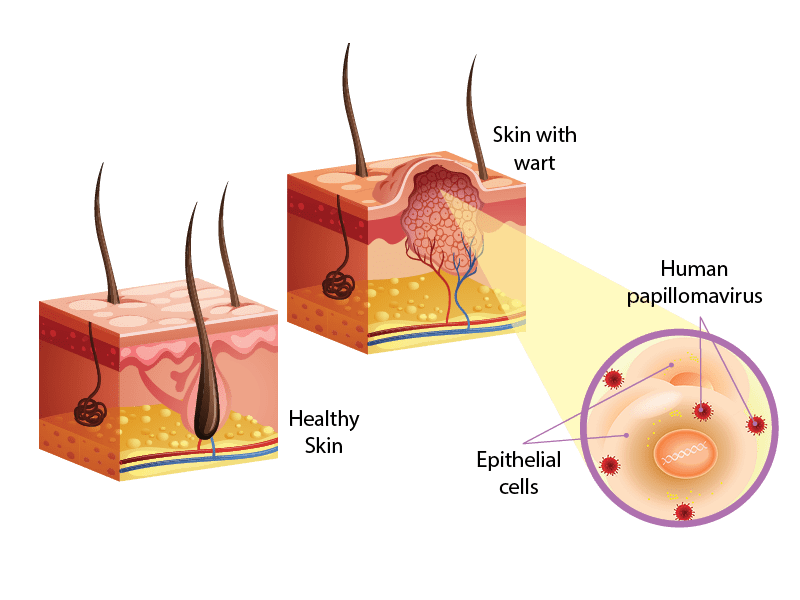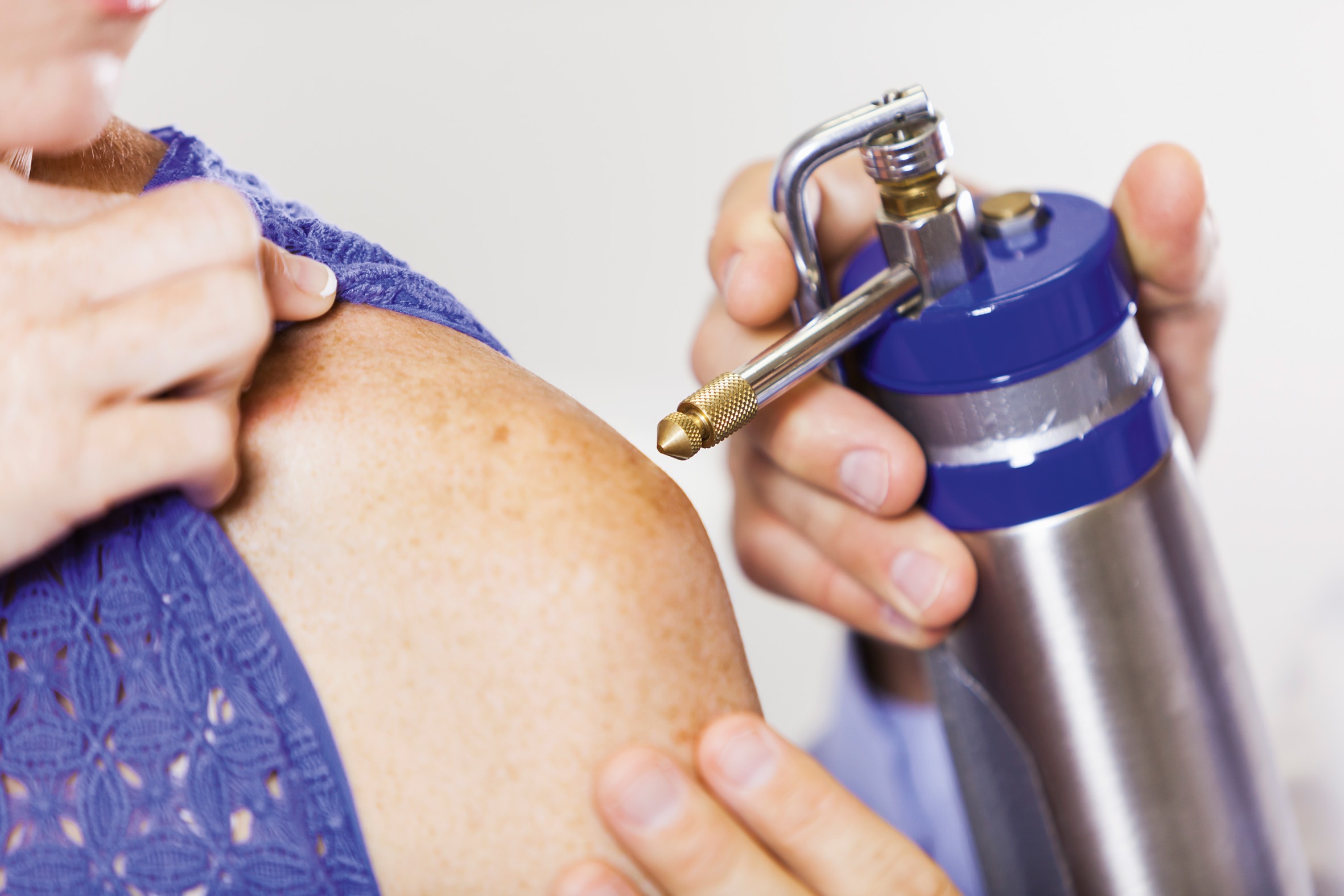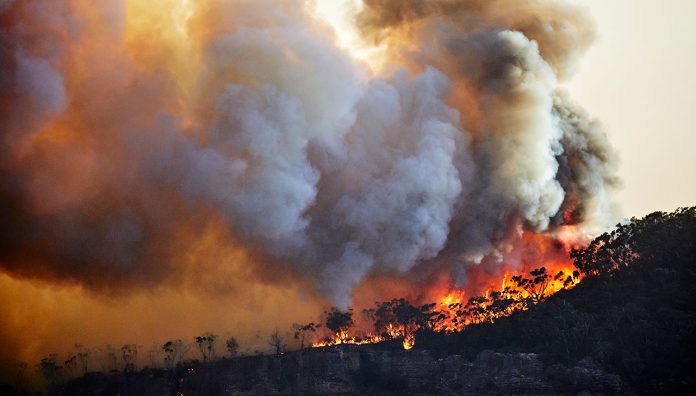More than 40 roles for pharmacists in disasters have been identified in a new study, which also recommends that pharmacy bodies provide specialist training and advocate for supportive disaster pharmacy legislation.
Published last month in PLoS One, the study evaluated the roles pharmacists have in disasters, as accepted by the international disaster health community.1
It concluded pharmacists could undertake 43 roles in the four phases of a disaster – prevention, preparedness, response and recovery – depending on individual jurisdiction.
‘Together, pharmacy professional bodies and policymakers can provide better integration of pharmacists’ roles in disaster management teams, whether assisting in the community or on deployment,’ the authors concluded.1
Consensus among 15 members of an expert panel drawn from international and Australian non-governmental organisations, government, pharmacy, military, public health and disaster management agencies, by pharmacy researchers based in Queensland and Canada, found the overall top priority roles were to:
- optimise medication management in chronic disease
- administer vaccines
- educate the public on reducing the spread of disease/infection
- ensure patients are aware of their increased health risks in a disaster
- tailor ‘point of care’ messaging for chronic disease patients.
Background
Pharmacists’ roles in disasters were recognised after the events of September 11, 2001 when the World Trade Centre towers in New York collapsed during a terrorist attack. Previously, accepted pharmacist roles had focused on contributions to logistics and supply chain management.
When Hurricane Katrina significantly affected parts of the United States in 2005, the impact pharmacists can have in the response and recovery of a community following a disaster was further highlighted. Pharmacists performed duties and fulfilled additional roles in the absence of other healthcare professionals, including triaging, taking medication histories, assisting with major trauma and performing basic medical checks. Emergency supply rules for pharmacists were used at the time, and are currently in use in Australia until March.
‘It has been heartwarming to see pharmacists be supported in their response efforts with the temporary changes made to emergency supply rules and PBS medicines, the study lead author, Dr Kaitlyn Watson told Australian Pharmacist from Canada.
‘I hope these changes become integrated into legislation across the states and territories, ready for whatever and wherever the next disaster might be.’
During the thunderstorm asthma event in Melbourne in 2016 a review found ‘community pharmacies played a central role in meeting community needs’ and ‘given their community focus and their geographic coverage, community pharmacies can provide valuable support to the management of health emergencies or emergencies with health impacts’.1
The review of a pharmacist’s role in the PLoS One paper used a Delphi study – a process of gathering information through a series of survey rounds until adequate consensus is reached, generally after three rounds. Expert panel members came from New Zealand, the United Kingdom, Pan America, Europe, and Australia.
Final consensus findings
The roles pharmacists are capable of undertaking include:
Prevention phase – reduce health risks posed by hazards, administer vaccines, educate the public on reducing the spread of communicable diseases/infections, tailor ‘point of care’ messaging to chronic disease patients, and ensure patients are aware of increased risk of adverse health outcomes in a disaster.
Preparatory phase – ensure uninterrupted supply of medicines, know how to access national pharmaceutical stockpiles and who to contact, develop business continuity plans including disaster management plans, develop treatment guidelines in the event of bio-terrorism, be part of a local/state/national disaster preparedness health meetings to give medication management advice.
Response phase – coordinate logistics of medication supply, ration limited supplies, assist in release and allocation of national stockpiles, triage low-acuity patients, wound care, CPR, dispense and provide usual pharmacy items, provide emergency supplies, make therapeutic substitutions, monitor ‘at risk’ individuals, advocate for the pharmacy, and engage the pharmacy student workforce.
Recovery phase – check on the health of the community, restock supplies, restore order to records, document what worked and what didn’t, participate in post-disaster research, and inform reports on pharmacy response improvements.
Dr Watson, formerly of Queensland University of Technology and now based in Edmonton, Canada, said it was ‘imperative that primary healthcare (including pharmacists and GPs) are integrated into disaster health teams and form part of the coordinated response before a disaster strikes’.
‘It is important that we offer trainings and resources to all pharmacists to be prepared for disasters – including offering trainings for more disaster-specific specialised pharmacist roles and providing avenues for pharmacists and their colleagues for debriefing/ongoing support during the recovery phase which can go on for weeks to years.’
Reference
- Watson K, Singleton J, Tippett V, et al. Defining pharmacists’ roles in disasters: a delphi study. PLoS One 2019;14(12):e0227132.



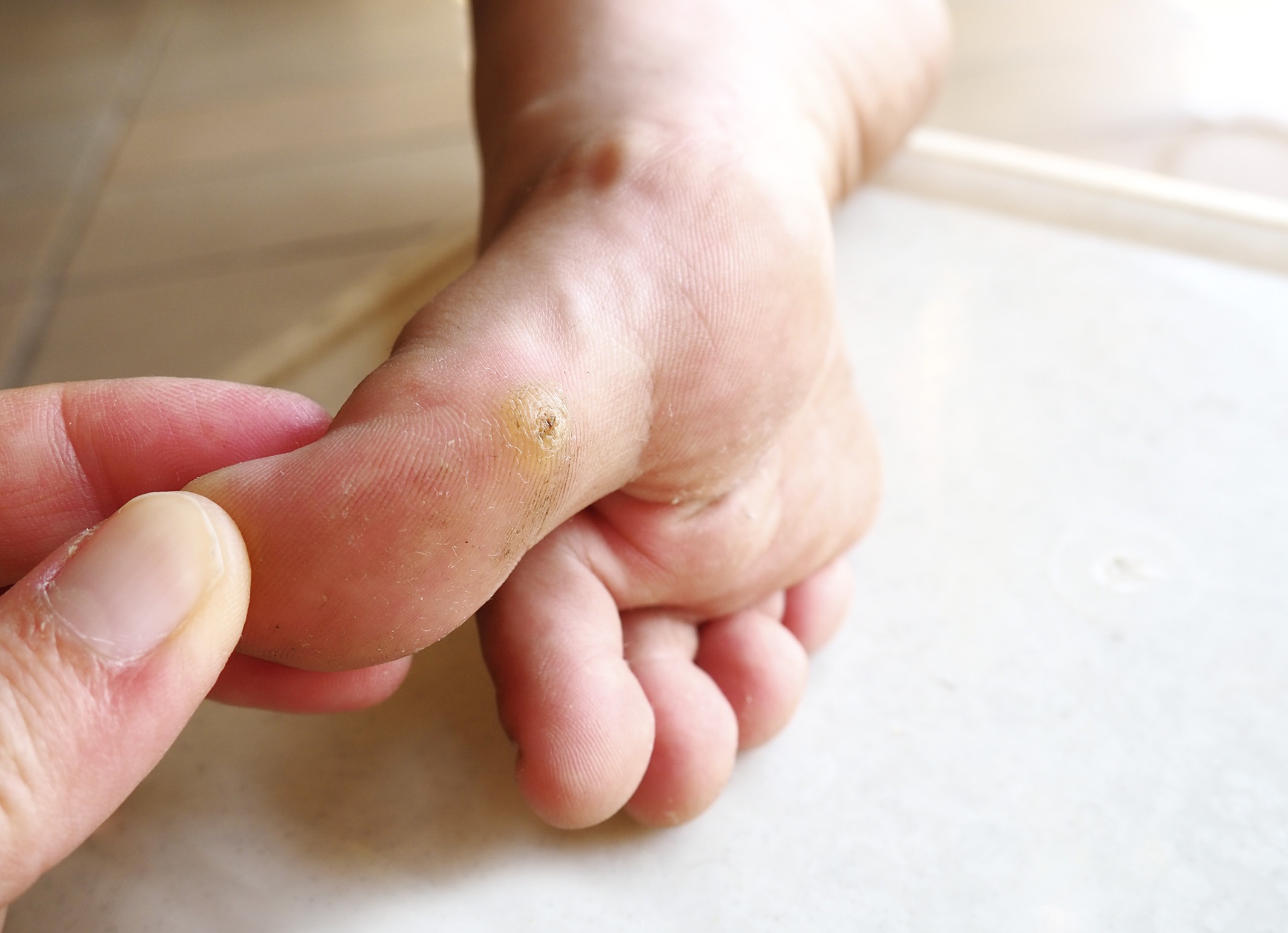
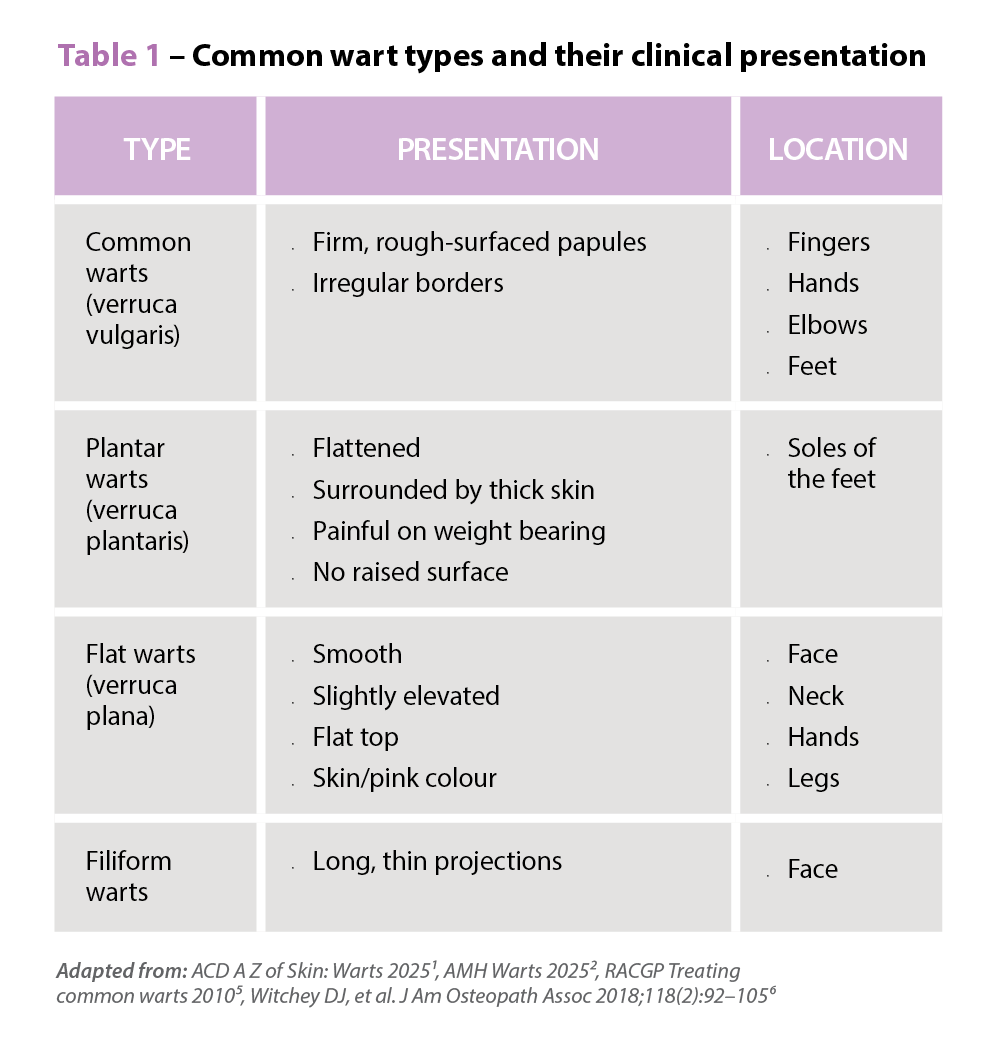 Symptoms
Symptoms